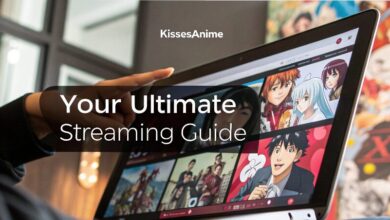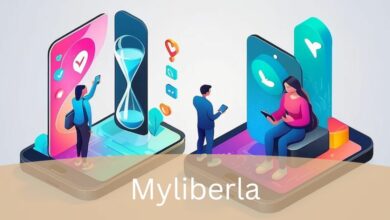Accessing Restricted Platforms Without Compromising Security

We all have been there, trying to open a site and being denied access. Trust me, whether it is work-related, school-related, or region-related, trying to access a blocked website can be very frustrating. Technically, websites may be inaccessible for legal reasons or just because the website owner does not want specific people to access it.
Adult websites, for instance, will block access to certain users to abide by laws and restrictions governing adult content creation. However, passing such restrictions and blocks is possible if you know how to do it. So, how can you access a restricted website? Read on.
How to Access Platforms Unrestrictedly
Platform access restrictions affect how people access and use the internet. We have your back if you are wondering how to unblock Onlyfans, Netflix, and so on. Let’s get started.
Use a Proxy Server
Utilizing a proxy server is the simplest way to access a blocked site. In basic terms, it acts as an intermediary between the user and websites online, thus bypassing network restrictions.
Proxy servers cloak your digital identity. They help prevent ISPs and marketers from tracking your online activities. These tools allow you to access blocked websites by masking your real IP with one from another location. They are user-friendly and, for the most part, have been a reliable way to surf blocked sites.
Employ a VPN
If you regularly need to access restricted content, a VPN might be your best choice. In short, a VPN encrypts your internet traffic and gives the impression that you reside in a different location by changing your real IP address so that no one else can actually see where you actually are. With it, you can view geo-blocked websites, such as US Netflix or any other adult sites banned in your region.
Presently, it is the most popular tool to counter online censorship. Instead of accessing a website directly, you do it through a VPN server. These tools help throw your ISP off track. Plus, some VPN services usually have apps for different operating systems, allowing you to unblock sites whenever you want, no matter what kind of device you’re on.
Try Accessing With the IP Address
There is a slight chance that some URLs may be blocked by your institution instead of IP addresses. If that’s the case, you can unblock a website by accessing it using its IP address. A URL is the string of characters you usually see on your address bar, such as https://tiktok.com or https://reddit.com.
An IP address, however, is represented by unique numbers assigned to that specific server hosting a website. You may have to paste an IP address into the address bar to reach that particular website you need to access. But for this to work, you need to know how to find the IP address for a given website.
Make Use of the Tor Browser
Tor is yet another possibility for bypassing content blocks and geo-restrictions. Tor, or The Onion Router, passes your traffic through layers of encryption, hence its name. It offers you anonymity and enables you to overcome most content restrictions.
While Tor offers a strong online privacy advantage, it has disadvantages. Slow speed is one of its main drawbacks. This is because the Tor network and its browser are an open-source project maintained by volunteers with limited resources. Another downside is that you can’t install Tor on a school, work, or public computer.
Change Your DNS Settings
The default DNS (Domain Name System) is often used to bar and filter sites for various reasons. In certain countries, the government mandates ISPs to offer a family-friendly DNS that would serve as a default filter. Changing it is not difficult. You can do it either manually or using a smart DNS proxy server.
Changing your DNS enables you to access blocked content by tricking a platform into thinking you are in a different region. One has the option to change the DNS settings on Windows, iOS, Android, through their router or within the browser itself.
Conclusion
Website access restriction can often be frustrating, but there are many ways to bypass these barriers. As you can see, you can use VPNs, proxies, Tor or change DNS settings. However, when choosing an option, you must consider your online privacy and legal risks. While these tools might help unblock content, our general advice is to go for legal and safe solutions. If a service is free, your personal data might be at risk. So, choose an option that will protect your privacy and security.



